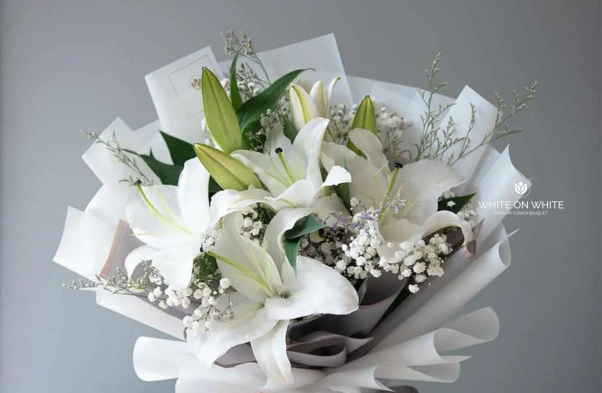Have You Seen The National Flowers For Every Olympic Country?
-
Posted by
Hanim Nayan
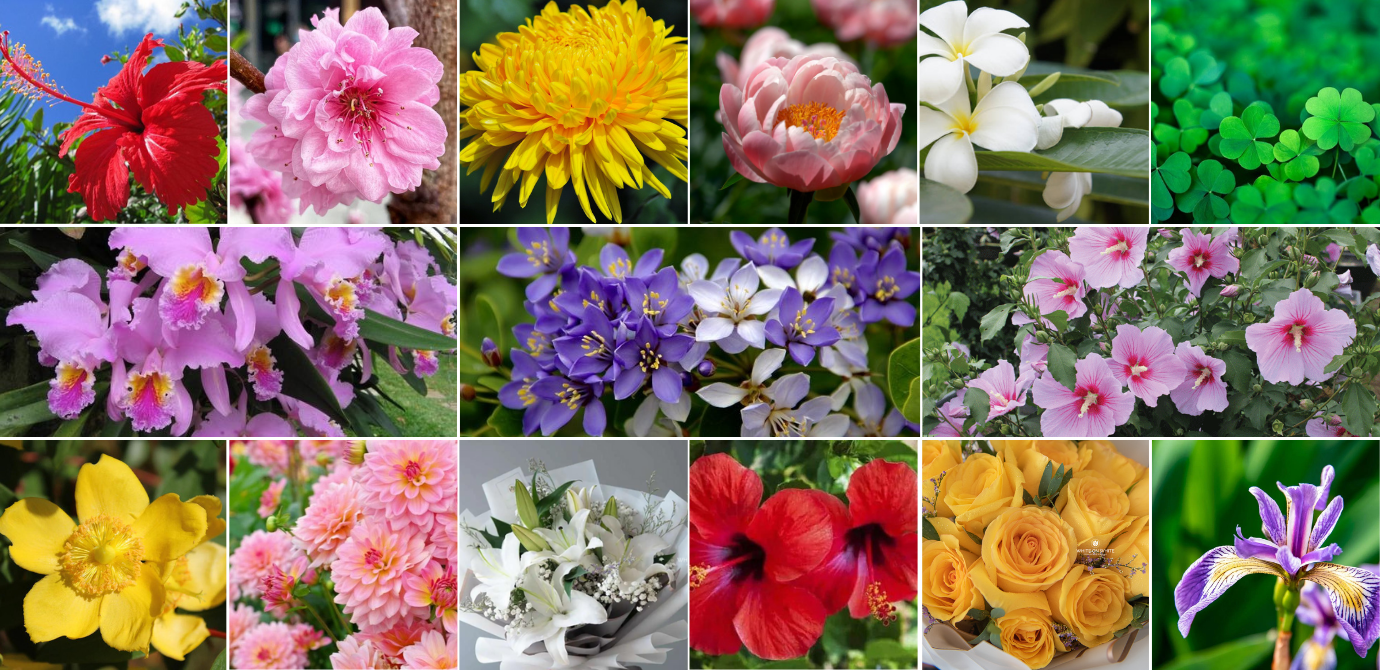

As the curtains close on the latest Paris 2024 Olympic Games, the essence of each participating countries lives on through its national flowers. These botanical emblems, often rich in history and symbolism, add a unique layer of cultural depth to the global celebration. Curious about which flowers represent the Olympic countries and what they signify? Join us as we explore the national flowers of each Olympic country, uncovering the stories and meanings behind these vibrant symbols that continue to bloom long after the athletes have taken their final bow.
For recap, a total of 206 National Olympic Committees (NOCs) represented by 184 countries participated in the Paris 2024 Olympic, with 10,714 athletes competing in 329 events.
National Flower for France is Iris
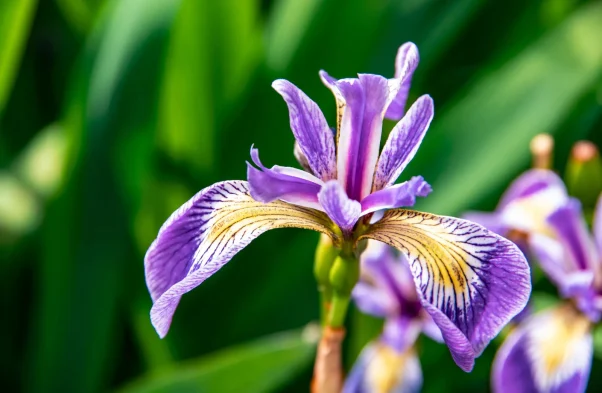
As 2024 Olympics held in France, they enjoyed a wave of success, winning numerous medals across various sports and Iris is a fitting symbol, representing the nation’s history and culture.
As mentioned, France’s national flower is the Iris often referred to as the fleur-de-lis. This elegant and striking flower has been associated with the country for centuries.
The Iris has been a symbol of French royalty since the 12th century and it’s deeply ingrained in the nation’s history and culture. It is also often seen in French art, architecture, and heraldry.
White Lily is the National Flower of Italy
Italy, renowned for its rich history, art, and fashion, finds its floral emblem in the pristine White Lily. Symbolizing purity, innocence, and elegance, the White Lily perfectly encapsulates the Italian spirit. Its association with the Virgin Mary has further deepened its cultural significance.
When we consider Italian athletes, the attributes represented by the White Lily seem to resonate. Their performances often showcase a blend of grace, precision, and determination, much like the flower’s delicate yet resilient nature. From the elegance of fencing to the precision of archery, Italian athletes have consistently showcased the spirit embodied by their national flower.
Shamrock is the National Flower of Ireland
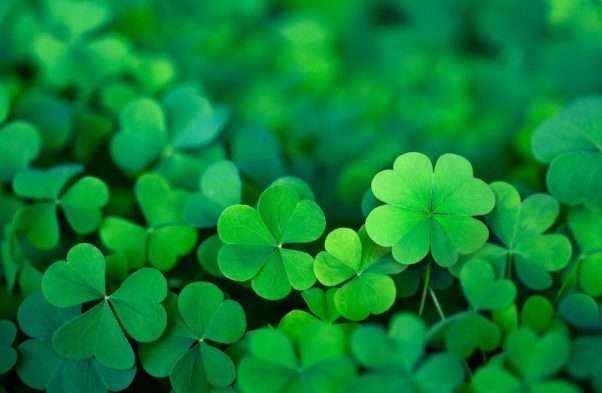
Ireland’s iconic symbol, the Shamrock, is more than just a plant; it’s a cultural touchstone. Associated with St. Patrick, this three-leaved plant has become synonymous with luck, good fortune, and Irish identity.
Irish athletes often embody the spirit of the Shamrock. With its connotations of luck, the Irish sporting contingent often carries an air of optimism. Yet, beyond luck, the Shamrock also symbolizes resilience and determination, qualities essential for success in the high-pressure environment of the Olympic Games.
National Flower of Malaysia is Bunga Raya (Hibiscus)
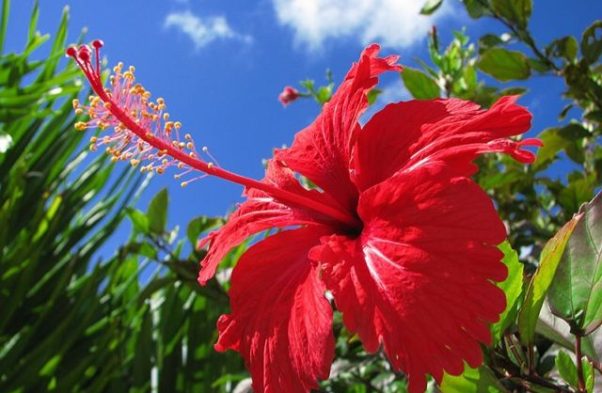
- Do you know that hibiscus tea tastes like cranberry?
- READ MORE: 7 Fakta Menarik tentang Bunga Raya, Bunga Kebangsaan Malaysia
Malaysia’s national flower, the Bunga Raya (Hibiscus), is a symbol of courage, love, and beauty. Its striking appearance and resilience mirror the spirit of Malaysian athletes.
Malaysian athletes have shown remarkable courage and determination on the international stage. Badminton ace Lee Zii Jia, for instance, has displayed unwavering tenacity in his pursuit of victory. His resilience in overcoming challenges mirrors the Bunga Raya’s ability to thrive in various conditions.
Similarly, cyclist Azizulhasni Awang, known as the “Pocket Rocketman,” embodies the Bunga Raya’s spirit of courage. His daring maneuvers and relentless pursuit of gold medals have captured the hearts of Malaysians.
In diving, Dhabitah Sabri has showcased the beauty and grace associated with the Bunga Raya. Her elegant dives and unwavering focus epitomize the flower’s elegance and determination.
These are just a few examples of Malaysian athletes whose spirits echo the qualities represented by the Bunga Raya. Their passion, coupled with their unwavering determination, has placed Malaysia firmly on the world’s sporting map.
Dahlia is the National Flower of Mexico
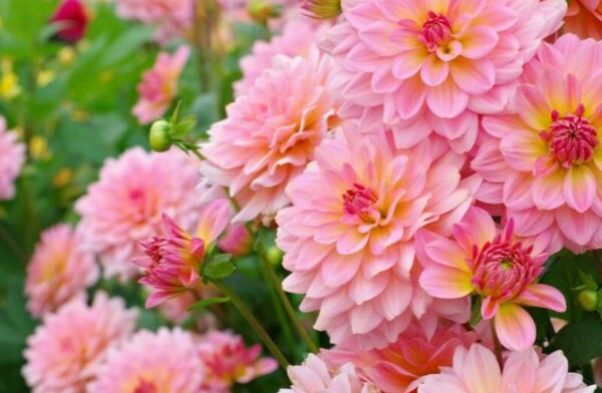
National flower for this Olympic country is Dahlia, with its radiant colors and diverse forms is a fitting emblem for Mexico. This vibrant flower, native to the country, encapsulates the Mexican spirit – passionate, colorful, and resilient. Just as the Dahlia thrives in various conditions, Mexican athletes have demonstrated their adaptability and determination on the world stage.
From diving to the boxing ring, Mexican athletes have shown the world their tenacity and skill.
Jamaica's National Flower is Lignum Vitae
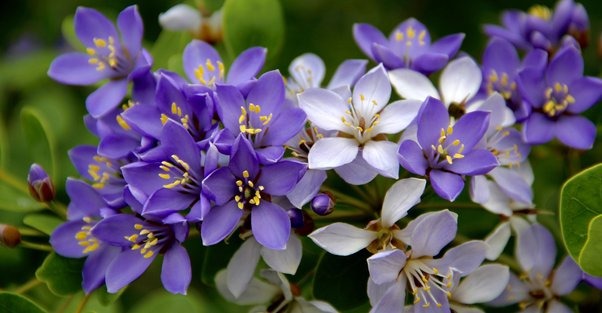
Jamaica’s national flower, the Lignum Vitae, is a symbol of strength, resilience, and endurance. Its name, translated as “wood of life,” perfectly encapsulates the spirit of the Jamaican people.
This symbolism resonates deeply with the Jamaican athletic prowess showcased on the world stage. Athletes like Usain Bolt and Shelly-Ann Fraser-Pryce have epitomized the Lignum Vitae spirit, demonstrating extraordinary strength, speed, and endurance. Their dominance in sprinting events has solidified Jamaica’s position as a powerhouse in athletics.
Rose is the National Flower of USA
The United States, symbolized by the passionate and enduring rose, showcased its athletic prowess once again at the Paris 2024 Olympics. Athletes like Michael Phelps, Simone Biles, Serena Williams, and LeBron James have historically defined American dominance in sports. While these legends may have retired, their legacies continue to inspire a new generation of American athletes.
The Paris Games provided a platform for fresh talent to emerge and carry forward the nation’s athletic legacy. From the track and field to the swimming pool, American athletes demonstrated the same drive, determination, and skill that have become synonymous with the United States.
Venezuela's National Flower is Cattleya Mossiae
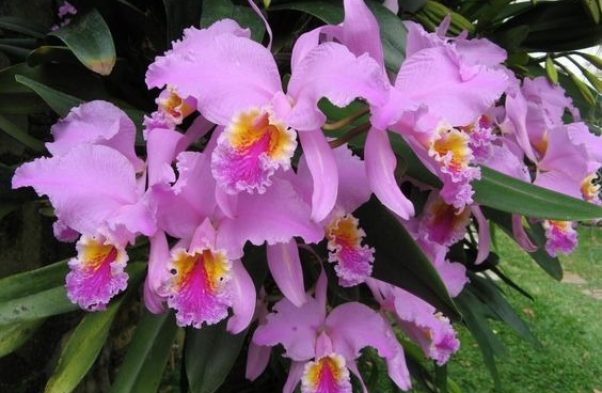
Venezuela’s national flower, the Cattleya Mossiae, or Mayflower, is a symbol of the country’s natural beauty and resilience. This exquisite orchid, with its delicate petals and vibrant colors, mirrors the grace and determination of the Venezuelan people.
Translating this floral symbolism to the realm of sports, Venezuelan athletes have consistently demonstrated the resilience and tenacity embodied by the Cattleya Mossiae. While Venezuela has yet to achieve the same level of Olympic dominance as some other nations, athletes like Keydomar Vallenilla, who won a bronze medal in weightlifting at the Tokyo 2020 Olympics, exemplify the country’s athletic potential. Their performances, though often overshadowed by larger sporting powers, reflect the same determination and perseverance as the Cattleya Mossiae thriving in its natural habitat.
Iran's National Flower is the Water Lily
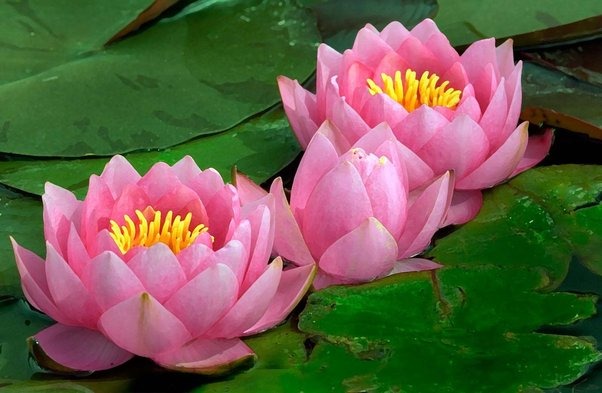
Iran’s national flower, the Water Lily, symbolizes purity, resilience, and growth. These qualities mirror the determination and perseverance of Iranian athletes on the global stage.
While Iran has a strong tradition in sports like wrestling and weightlifting, the country has been making strides in other disciplines as well. Unfortunately, there weren’t any groundbreaking medal wins for Iranian athletes at the Paris 2024 Olympics. However, athletes like Hassan Yazdani, a renowned wrestler, continue to inspire the nation with their dedication and skill.
Tribulus Omanense is the National Flower of United Arab Emirates
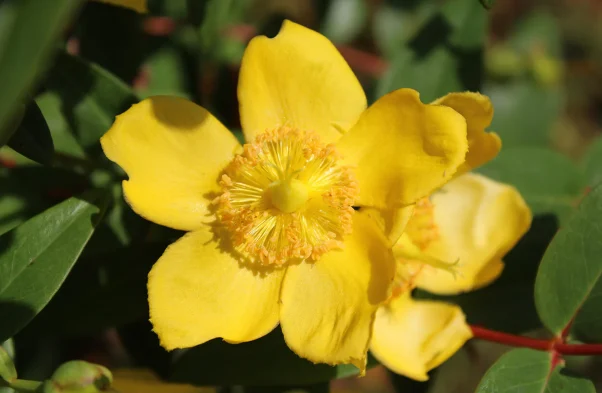
The United Arab Emirates’ national flower, the Tribulus Omanense, is a desert plant symbolizing resilience, adaptability, and survival in harsh conditions. While the UAE has made significant strides in sports development, establishing a strong presence at the Olympic Games is still a work in progress. Athletes like Fadwa Al-Kaabi, the first Emirati woman to qualify for the Olympics, represent the nation’s growing determination to excel on the global sporting stage.
Though the UAE hasn’t yet secured Olympic medals in traditional sports, the country’s commitment to developing a sports culture is evident. The Tribulus Omanense serves as an enduring symbol of the UAE’s aspirations for future athletic triumphs.
Sampaguita is the National Flower for Philippines
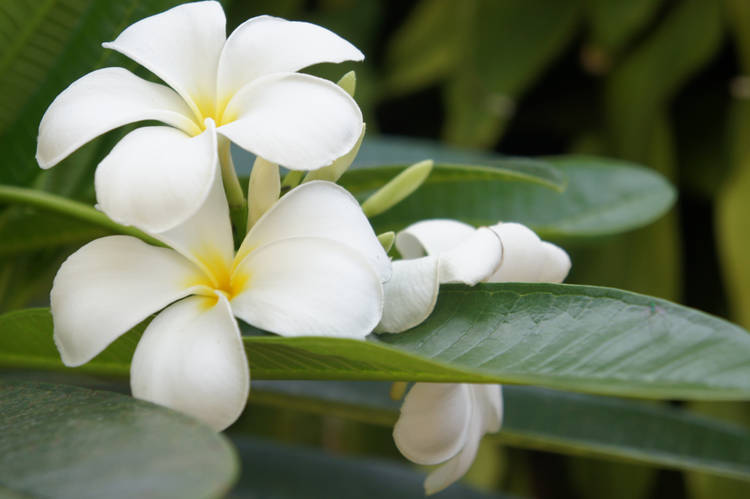
The Philippines’ national flower, the Sampaguita, is a symbol of purity, elegance, and strength. Its delicate beauty belies its resilience, a quality that resonates with the Filipino people.
This floral emblem finds its parallel in the spirit of Filipino athletes. Despite facing numerous challenges, Filipino athletes have consistently displayed determination, resilience, and a never-say-die attitude.
The recent Paris 2024 Olympics showcased this spirit, with athletes like Carlos Yulo making history by clinching the country’s first-ever gold medal in gymnastics. Boxers Aira Villegas and Nesthy Petecio brought home bronze medals, demonstrating the courage and resilience that the flower symbolizes. These athletes, among others, have elevated the Philippine flag and inspired a nation.
Puerto Rico's National Flower is Flor de Maga
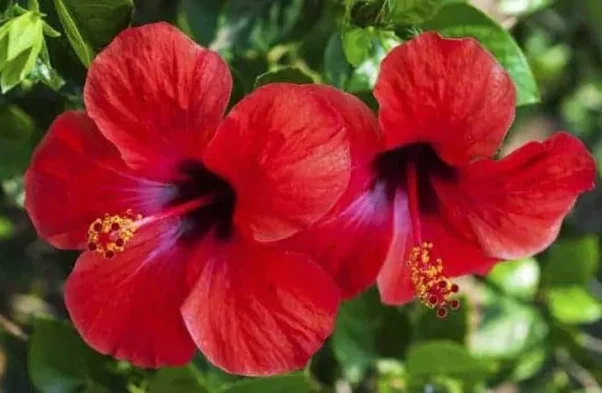
Puerto Rico’s national flower, the Flor de Maga (Thespesia grandiflora), is not only a symbol of the island’s natural beauty but also a representation of resilience and determination. In the context of the recent 2024 Paris Olympics, Puerto Rican athletes have showcased their own version of this flower’s tenacity.
Athletes such as Jasmine Camacho-Quinn, a hurdler who has been making waves on the international stage, exemplify this determination. Her recent performances in Paris were marked by a fierce competitive spirit and a remarkable ability to push through adversity. Camacho-Quinn’s determination was evident as she navigated the hurdles with precision and speed, embodying the resilience and strength that the Flor de Maga symbolizes.
South Korea's National Flower: Mugunghwa (무궁화) - Rose of Sharon

South Korea’s national flower, the Mugunghwa (무궁화), or Rose of Sharon, is a symbol of enduring strength, resilience, and national pride.
Oh Sang-uk, a fencer who clinched gold in the men’s foil event, exemplified the Mugunghwa’s tenacity. His journey to the top of the podium was marked by relentless training and unwavering focus, embodying the flower’s symbolism of enduring spirit.
Similarly, Oh Ye-jin’s triumph in shooting, where she secured gold in the women’s 10m air rifle event, showcased an equally inspiring display of determination. Her precision and composure under pressure mirrored the Mugunghwa’s ability to thrive in challenging conditions.
Chrysanthemum is the National Flower of Japan
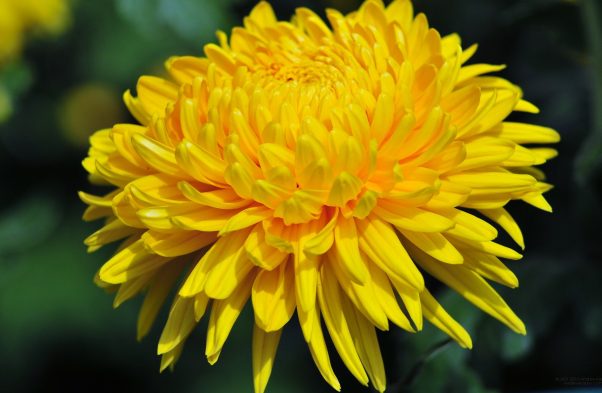
Japan’s national flower, the Chrysanthemum, symbolizes endurance, perseverance, and the beauty of resilience.
One standout athlete who embodies the spirit of the Chrysanthemum is Kaori Sakamoto, a figure skater whose performances in Paris were nothing short of spectacular.
Natsumi Tsunoda, who clinched gold in judo at the Paris Olympics, exemplifies the spirit of the Chrysanthemum through her unwavering perseverance and competitive edge.
Coco Yoshizawa, who achieved a notable victory in skateboarding, also embodies the qualities of the Chrysanthemum. Yoshizawa’s skillful execution and her ability to adapt and excel in the dynamic world of skateboarding showcase the flower’s representation of beauty and perseverance.
National Flower of China is Peony / Plum Blossom (牡丹/梅花)
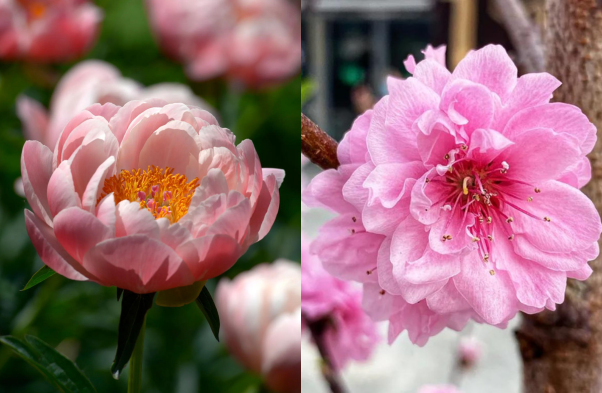
Traditionally, the plum blossom (梅花, méihuā) was designated as the national flower of the Republic of China. This was in 1928, a time of national crisis, and the plum blossom symbolized resilience and perseverance.
However, there is currently no official national flower for the People’s Republic of China.
In recent years, there has been a strong push to officially name the peony as the national flower. It has garnered significant public support and is seen as a symbol of prosperity and beauty. While the peony hasn’t been officially adopted yet, it’s a strong contender for the title.
So, while the plum blossom holds historical significance, the peony is the current favorite in the race to become China’s national flower.
National Flowers and the Olympic Spirit
The national flowers of every olympic countries serve as potent symbols of their respective cultures and values.
As we reflect on the close of the Paris 2024 Olympics on August 11, 2024, the impressive performances of athletes from around the world showcased not only their exceptional skills but also the enduring symbolism of their respective national flowers. These flowers, much like the athletes, embody perseverance and tenacity, reflecting the essence of their countries’ spirit and determination.
It is clear that the national flowers not only symbolize the cultural heritage of their countries but also inspire their athletes to achieve greatness. The recent Olympic Games have shown that the spirit embodied by these flowers is alive and thriving in the determination and successes of athletes who, through their extraordinary efforts, continue to honor and uphold the values represented by their national symbols.

